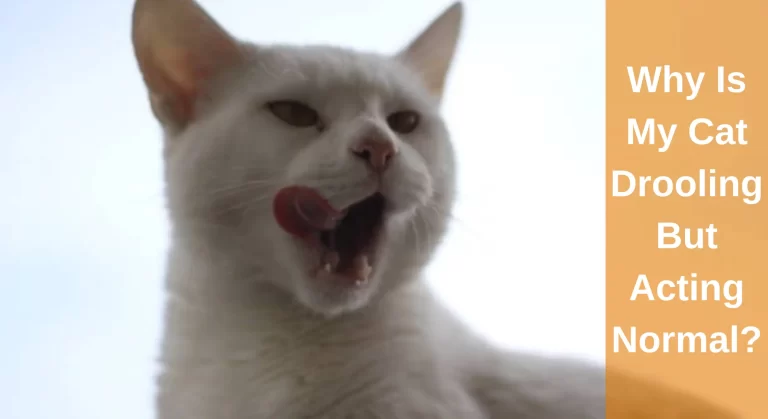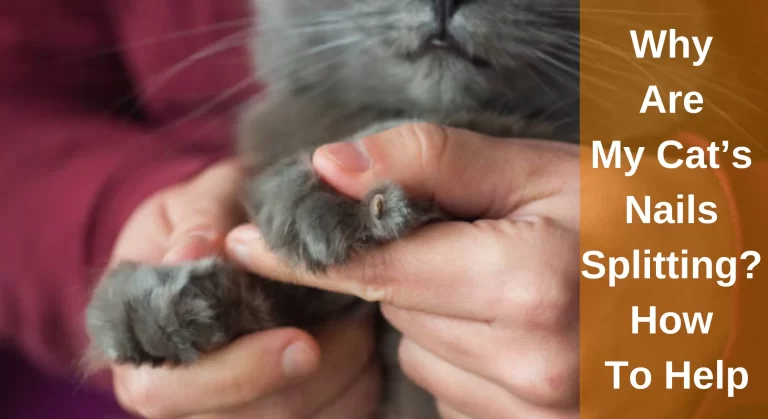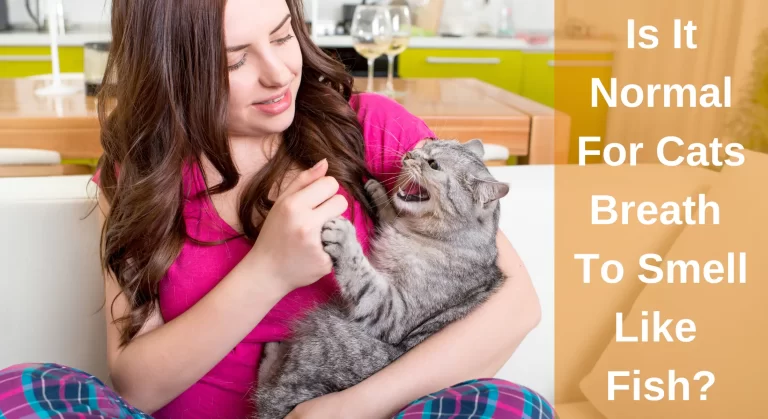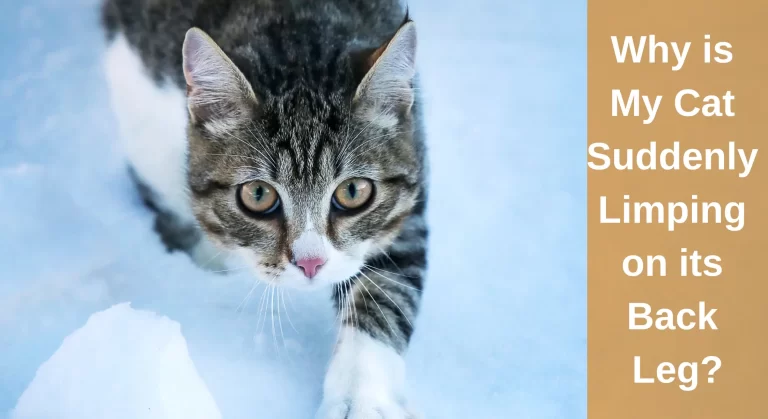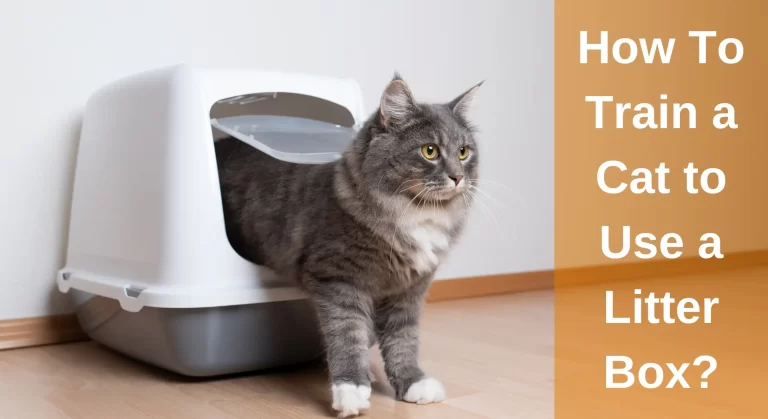The Ultimate Guide to – How to Help a Cat Lose Weight with Multiple Cats at Home?
However, you are not alone. A similar problem frequently affects cat owners. Despite the fact that it could seem like a challenging task, you can do several things to assist you and your cat in getting through it.
- Make changes to your cat’s diet.
- Feed your cat fewer calories.
- Encourage your cat to move more.
Do you have a cat who occasionally puts on a little bit too much weight? How about the remaining kitties you have? Helping a cat lose weight might be difficult if you have a lot of cats in the house. In this blog post, we’ll provide you with some guidance on how to help a cat lose weight with multiple cats
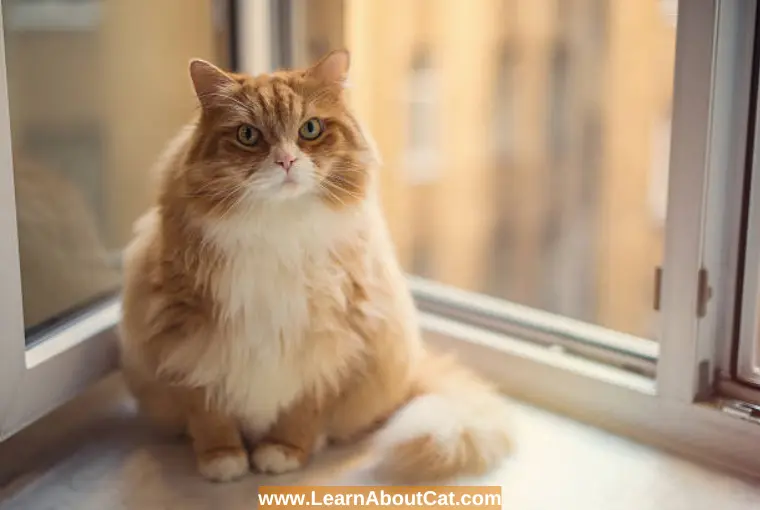
How Can I Help a Cat Lose Weight with Multiple Cats
The two major ways to help your cat lose weight are to cut back on the quantity of food they consume and to get them moving more. As a result, they will have a calorie deficit, which will force them to use some of their body fat as fuel and lead to weight loss.
However, if you have a lot of cats, this can be more difficult, so you’ll need to think of some creative ways. You must understand how to feed your two cats when one of them is overweight if you want to maintain their health and well-being.
1. Set Your Cat’s Diet
While it’s great to stop your obese cat from nibbling on the food of your other cats, you also need to make sure you’re providing them with the proper amount of food in their dish. They will still put on weight even if they simply consume the food that is on their plate, which is piled high with food. Just placing less food in the cat dishes could be enough to address the issue.
Food requirements vary from cat to cat; taking your cat to a vet and seeking medical advice is the best way to reduce your cat’s weight. This will be based on their current size and form.
2. Build a Blockade
Place a physical barrier, such as a wooden block, in case of cats move into each other’s cabin to get more food. There are other creative possibilities than feeding your obese cat in a room apart from the other cats, as was already mentioned.
For multiple cats, either obese or normal, you can take cardboard by making it a small hole so that they can move in and out of it. Place this box over the food bowls for your non-dieting cats to keep your overweight cat away from them. In this way, your obese cat may lose weight
3. Encourage play
Obese or overweight cats should be given enough exercise to promote their good health. This is another easy tactic to apply if you have two or more cats because raising each cat’s activity level will only be good for them all.
Ideally, your cats should play for at least 15 minutes each twice daily. Give them rest when they get tired. To attract a cat’s interest, you may use a variety of various cat toys, including feather sticks, laser pointers, and everything in between.
4. Avoid Communal Feeding
When you have many cats, it is common for one of them to overeat and be gluttonous while the other cats hang back and just eat the leftovers. This is bad behaviour for two reasons: first, the overeating cat will put on weight, and second, the other cat could lose weight and starve to death.
Try moving to individual dishes for each cat if you now feed your cats out of a single, huge communal dish to see if this encourages them to eat only their given share. If so, consider arranging the food plates in a haphazard pattern rather than in a row.
5. Stop Free-Feeding
It would be best if you also took care not to leave the food platters unattended. As an alternative, please pick them up about 30 minutes after feeding and discard any leftover food; all of your cats should receive this therapy. Your cats will establish a regular eating schedule once they realise they can only eat around mealtimes. Because your cats won’t leave until they are full, the excess food may be thrown away rather than devoured.
Obesity is an issue that affects both people and cats, and it is now thought to be on the rise. According to statistics, almost 59.5% of cats in the US are fat or overweight. Sweets that cause children to consume more calories than they shouldn’t be provided to them, especially if such treats include unhealthy saturated fats.
What are the Health Risks Associated with Cats that are Overweight?
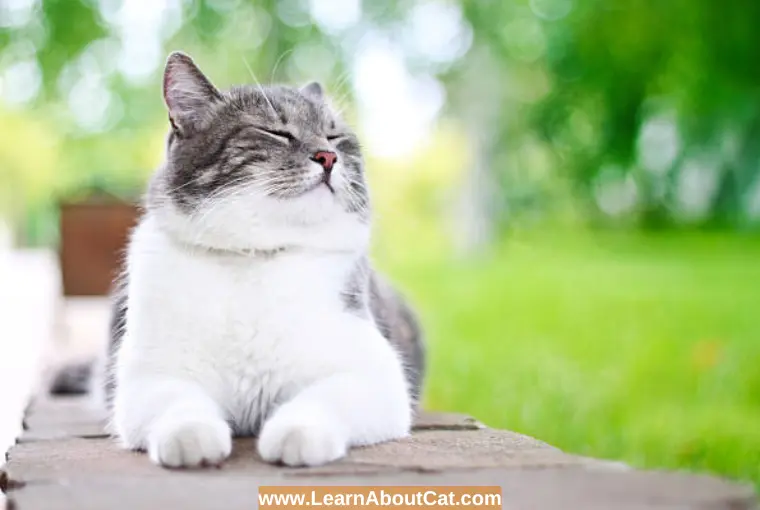
Knowing how to help a cat lose weight in a home with several cats means you must also be aware of the risks associated with feline obesity. A healthy weight for your cat may help avoid or at least mitigate a variety of major health problems, such as the following:
Type II diabetes: Obesity is the major cause of type II diabetes in cats, increasing the risk by a factor of four when compared to cats with a healthy weight. As sugar levels increase, it ultimately results in dehydration, vomiting, or even death.
Renal diseases: Weighty cats are less able to groom themselves properly, which increases the likelihood that they may experience urinary problems, including kidney stones, bladder infections, or feline idiopathic cystitis (FIC).
Heart disease: Excessive fatty deposits in obese cats’ blood vessels will also cause them to have higher blood pressure. As a result, the heart is under more strain and has to exert more effort to pump blood throughout the body. The heart muscle will subsequently thicken and deteriorate, raising the risk of heart disease.
Respiration Issues: Because their muscles must move more weight to support breathing, obese cats may also have breathing issues. The chest, lungs, and belly all carry this extra weight.
Arthritis: Cats with arthritis have painful, swollen joints that are difficult to move about. Chronically uncomfortable cats may also display behavioural issues, such as stopping to use the litter box. You should maintain your cat’s healthy weight as no specific treatment is available.
Hepatic lipidosis: Cats can develop hepatic lipidosis, a liver disease if they go three or more days without eating. Obese cats are more prone to this condition, which worsens if not addressed or if the owner does not focus on their diet.
Is My Cat Overweight? How Do I Know
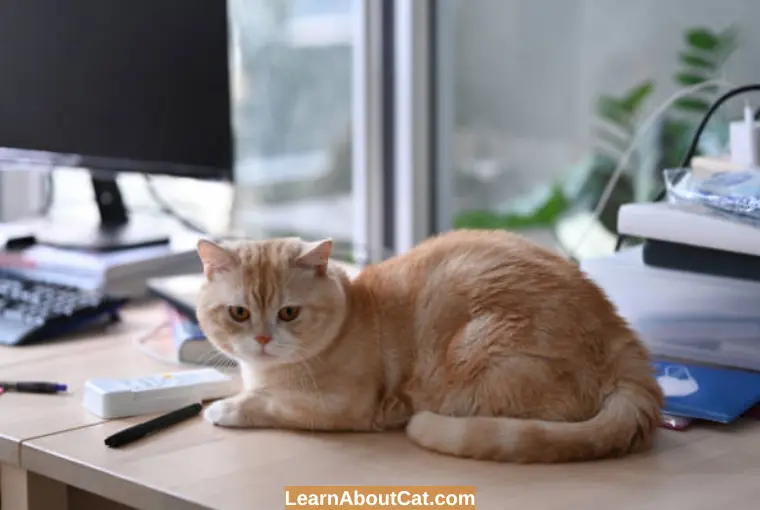
There are certain terms from which owners are unaware that their cat is overweight until a veterinarian alerts them. However, you should be aware of this yourself, based on their physical attributes. Various body types and their attributes are as follows:
- Obese: Cats with obesity have rounded bodies with no discernible hips, and a backbone that can be felt with the touch. You may notice health and mobility issues because of the stomach fat that hangs down beneath your body.
- Overweight: Your cat’s ribs, backbone, and hips can’t be felt due to the fat. Additionally, they won’t have a distinct waist and their stomach’s fat pad will be larger.
- Underweight: Your cat is considered to be underweight if its hip bones are hidden behind a layer of fat but you can see its ribs and backbone.
- Very underweight: Your cat is severely underweight if they have little to no body fat, very little muscle, and its hip bones as well as ribs are visible.
- Ideal weight: Your cat’s ribs, hip bones, and backbone are feelable to the touch and have a little fat on its abdomen.
So, consult your veterinarian before making any significant dietary or activity modifications for your cat if you do discover that they are overweight or underweight. Before making changes to one’s lifestyle, it is important to rule out any underlying medical disorders or even pregnancy as the cause of excess weight.
Also Read: Why Is My Cat Always Hungry But Skinny?
How Can I Get My Cat to Eat Less?
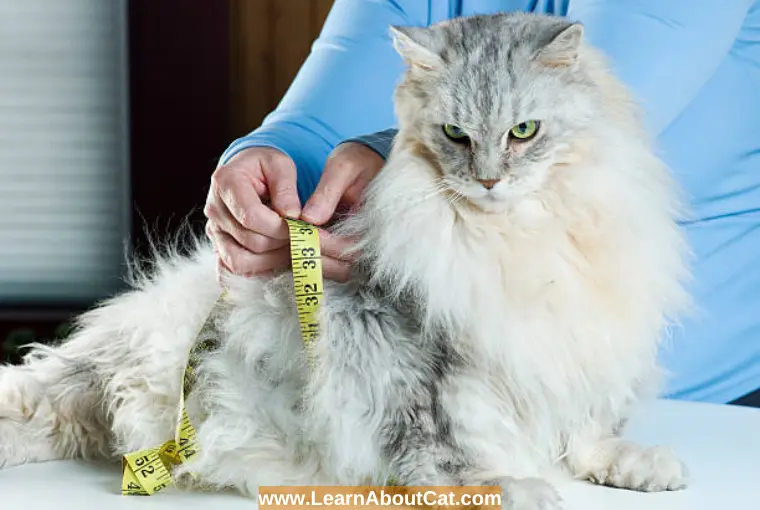
Any underlying medical conditions must be treated before a pet can lose weight. The secret to losing weight is as simple as having your cat burn more calories than they consume by considering that there are no underlying issues.
To lose weight and preserve lean muscle mass while reducing body fat, the following three components make up a secure, effective weight-loss plan:
- Increase your cat’s exercise time
- Altering the way you feed your cat
- Reducing the number of calories your cat consumes
What Should I Change in My Feeding Schedule?
Feed your cat just from its bowl for food and treats. You should keep your cat away from the kitchen and other areas where food is prepared or consumed to avoid the temptation to feed “human food.” When feeding, separate your feline buddy from other home pets to reduce competitive eating and food sharing. Gradually change his feeding schedule by giving 2-3 meals on a daily basis.
Suggestions for Helping your Cat to Lose Weight

Now let’s discuss how to safely and gradually lose weight with your cat.
Use a Reward Toy or a Feeding Ball
Cats are willing to put forth extra effort for rewards. Buy or create incentive toys and feeding balls to encourage your cat to eat in return for a sweet reward. They excite the body and mind in addition to converting meals into playtime. Because they release food gradually, these toys help your cat consume less quickly.
Water Should be Increased or Substituted
If you add some water to their meal, your cat will feel full even if they are getting less food than they were previously. In the case of dry feed, increase the amount of water intake. Cats commonly experience dehydration, so giving water helps them stay more hydrated. You may also add water to canned or wet food to get the same outcome.
Switch to Lean Meats from Fatty Meats
Switching from fatty or carb-heavy diets to a high-protein diet with lean meats such as turkey or chicken is another method to assist your cat in losing weight while boosting its nutrition.
Use a Feeder that Opens itself and is Timer-Controlled
Another tool cat owners may use to fight obesity is an automatic feeder. Even when you aren’t home, an automated feeder dispenses food each day, monitoring and regulating the number of calories your cat consumes. Use a feeder that opens in accordance with a timer to prevent overeating.
When it’s Time to Feed Your Cats, keep them Apart if you have a Lot of Them
It may sound strange, but separating your cats during meals will help any overweight cats with their weight loss attempts. Make sure only obese cat consumes any special diet food you give them. When the cats aren’t all chowing down at once, it’s much simpler to keep an eye on what and how much each one is consuming. Cats may also overeat because they view other cats as competitors.
Take a Walk
Not just dogs are allowed on pet strolls! If your cat has the right disposition, a stroll around the neighbourhood might also be beneficial. Please encourage them to enjoy the process as they get used to the leash by often praising them. For this, until they become acclimated to it, let them take the lead the first few times. Also, high-carb meals can be replaced with cat foods without fillers.
Frequently Asked Questions
The Bottom Line on How to Help a Cat Lose Weight with Multiple Cats
The overweight cat should be taken to a vet to seek immediate vet advice so that they may live longer, happier, and healthier lives, which decreases their risk of contracting a variety of serious medical conditions.
Learning how to help a cat lose weight and ensuring that your fat cat follows their diet plan are essential for its success if numerous cats share a home. Change feeding patterns, separate your cats when it’s time to eat, or even encourage play and leisurely feeding to benefit all the cats in your home by using the suggestions in this article to ensure it works.
Who is Isabella?
My name is Isabella, and I am a dedicated and knowledgeable cat enthusiast. With years of experience caring for cats and a deep love for felines, I made a mission to help other cat lovers navigate the challenges of cat ownership.

